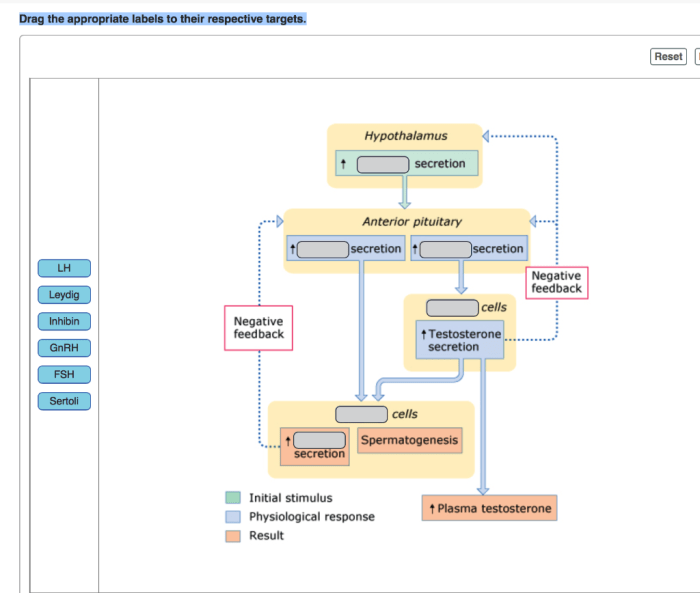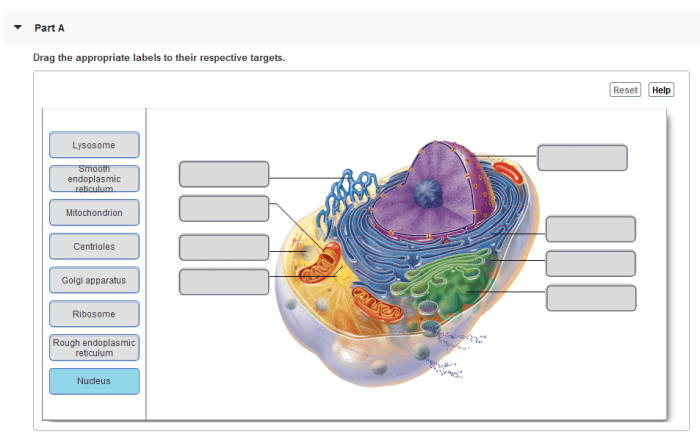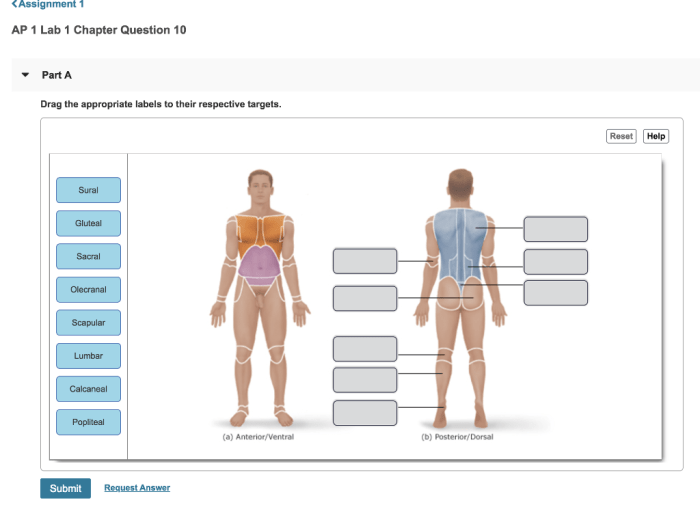Drag the appropriate labels to their respective targets. resethelp – Drag and Drop: Labeling Targets, Reset Functionality, and Interaction delves into the intricacies of drag-and-drop interfaces, exploring their fundamental concepts, practical applications, and design considerations. This comprehensive guide empowers readers with a thorough understanding of this essential user interface element.
Drag-and-drop interfaces have revolutionized the way users interact with digital content, providing an intuitive and efficient means of manipulating and organizing information. This discourse examines the various types of labeling targets, the significance of clear labeling, and best practices for designing effective drag-and-drop interactions.
Drag and Drop Interface

A drag-and-drop interface is a graphical user interface (GUI) element that allows users to move or copy objects by dragging them from one location to another.
Drag-and-drop interfaces are commonly used in a variety of applications, including:
- File management: Moving or copying files and folders
- Web browsing: Dragging links or images to open in a new tab
- Email: Attaching files to emails by dragging them into the email window
- Image editing: Moving or copying layers or objects within an image
- Database management: Moving or copying data records from one table to another
Drag-and-drop interfaces offer several benefits, including:
- Ease of use: Drag-and-drop is a natural and intuitive way to move or copy objects.
- Speed: Drag-and-drop is often faster than using traditional methods, such as menus or toolbars.
- Accuracy: Drag-and-drop helps to reduce errors by eliminating the need to manually enter data or select items from a list.
However, drag-and-drop interfaces also have some limitations, including:
- Limited functionality: Drag-and-drop is not always possible or appropriate for all tasks.
- Potential for errors: If the user drops an object in the wrong location, it can be difficult to undo the action.
- Accessibility issues: Drag-and-drop interfaces can be difficult to use for users with disabilities.
Labeling Targets: Drag The Appropriate Labels To Their Respective Targets. Resethelp

Labeling targets are the objects that users can drag and drop onto. Clear and concise labeling is essential for effective drag-and-drop functionality.
There are two main types of labeling targets:
- Drop zones:These are areas that users can drag objects onto to drop them.
- Drop targets:These are specific objects that users can drag and drop onto.
When designing labeling targets, it is important to consider the following best practices:
- Use clear and concise labels.
- Make sure the labels are visible and easy to read.
- Use colors and icons to help users identify different types of labeling targets.
- Provide feedback to users when they drag an object over a labeling target.
Reset Functionality

A reset button is a button that allows users to reset the drag-and-drop interface to its original state.
There are two main reasons to use a reset button:
- To undo any changes that the user has made.
- To clear the drag-and-drop interface so that the user can start over.
There are several different ways to implement a reset button, including:
- A simple button:This is the most common type of reset button. It is typically labeled “Reset” or “Clear”.
- A link:This is a less common type of reset button. It is typically labeled “Reset” or “Start over”.
- A keyboard shortcut:This is a keyboard shortcut that can be used to reset the drag-and-drop interface. The most common keyboard shortcut is Ctrl+Z (Windows) or Cmd+Z (Mac).
When designing a reset button, it is important to consider the following best practices:
- Make sure the reset button is visible and easy to find.
- Use a clear and concise label for the reset button.
- Provide feedback to users when they click the reset button.
Drag-and-Drop Interaction

Drag-and-drop interaction is the process of dragging an object from one location to another.
There are several different types of drag-and-drop interactions, including:
- Single-object drag:This is the most common type of drag-and-drop interaction. It involves dragging a single object from one location to another.
- Multiple-object drag:This involves dragging multiple objects from one location to another.
- Copy drag:This involves dragging an object from one location to another while holding down the Ctrl key (Windows) or Cmd key (Mac). This creates a copy of the object in the new location.
- Move drag:This involves dragging an object from one location to another without holding down the Ctrl key (Windows) or Cmd key (Mac). This moves the object from the old location to the new location.
When designing drag-and-drop interactions, it is important to consider the following factors:
- Drag sensitivity:This is the distance that the user must move the mouse before the object starts to drag.
- Drop tolerance:This is the distance that the user must move the mouse over a labeling target before the object is dropped.
- Feedback mechanisms:These are visual or auditory cues that provide feedback to the user about the drag-and-drop interaction.
Commonly Asked Questions
What is a drag-and-drop interface?
A drag-and-drop interface allows users to move and manipulate digital objects by dragging them with the mouse or touch input.
Why are clear labeling targets important in drag-and-drop interfaces?
Clear labeling targets provide users with visual cues that indicate where objects can be dropped, ensuring accurate and efficient interactions.
What is the purpose of a reset button in a drag-and-drop interface?
A reset button allows users to revert the drag-and-drop operation, returning all objects to their original positions.